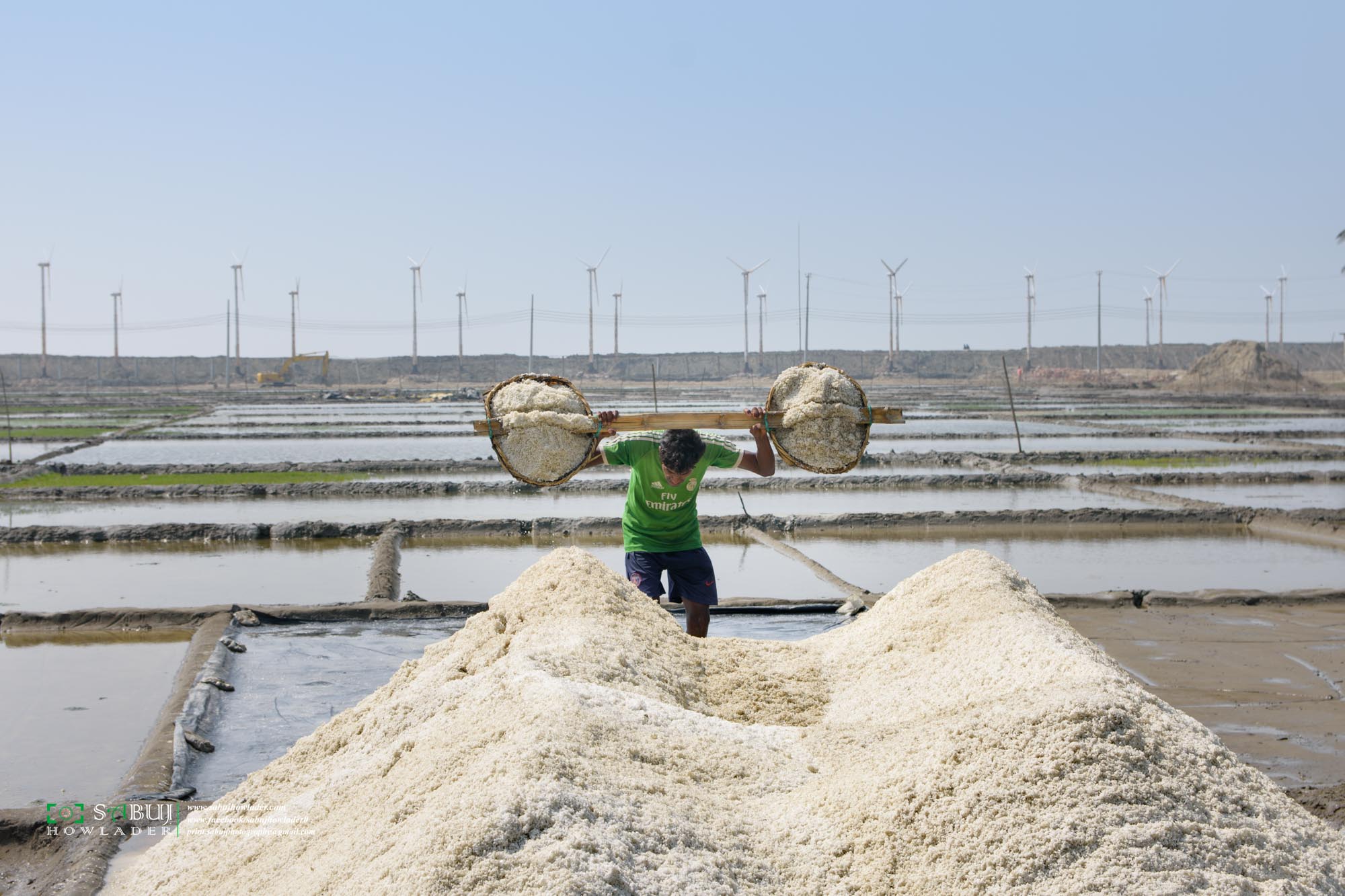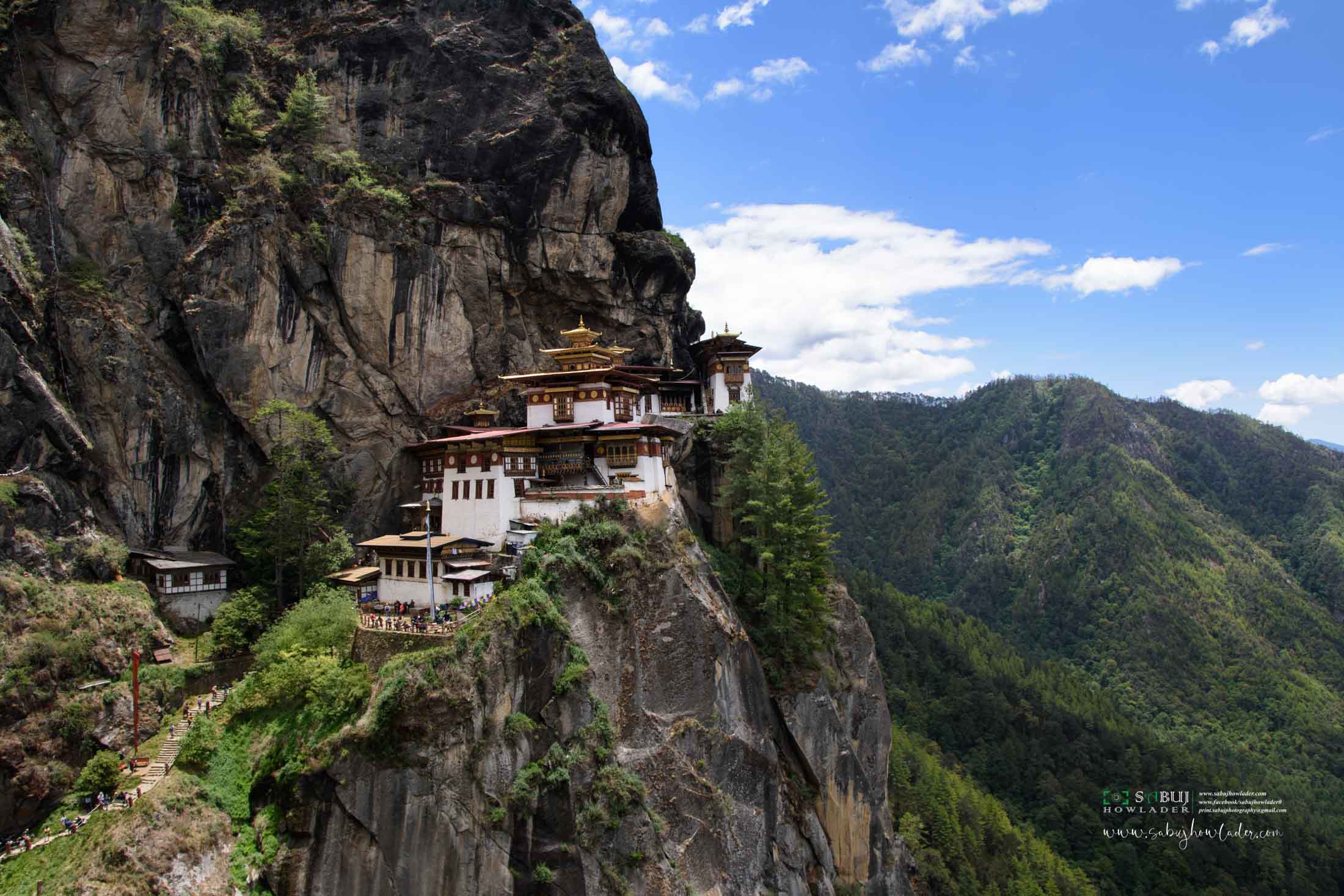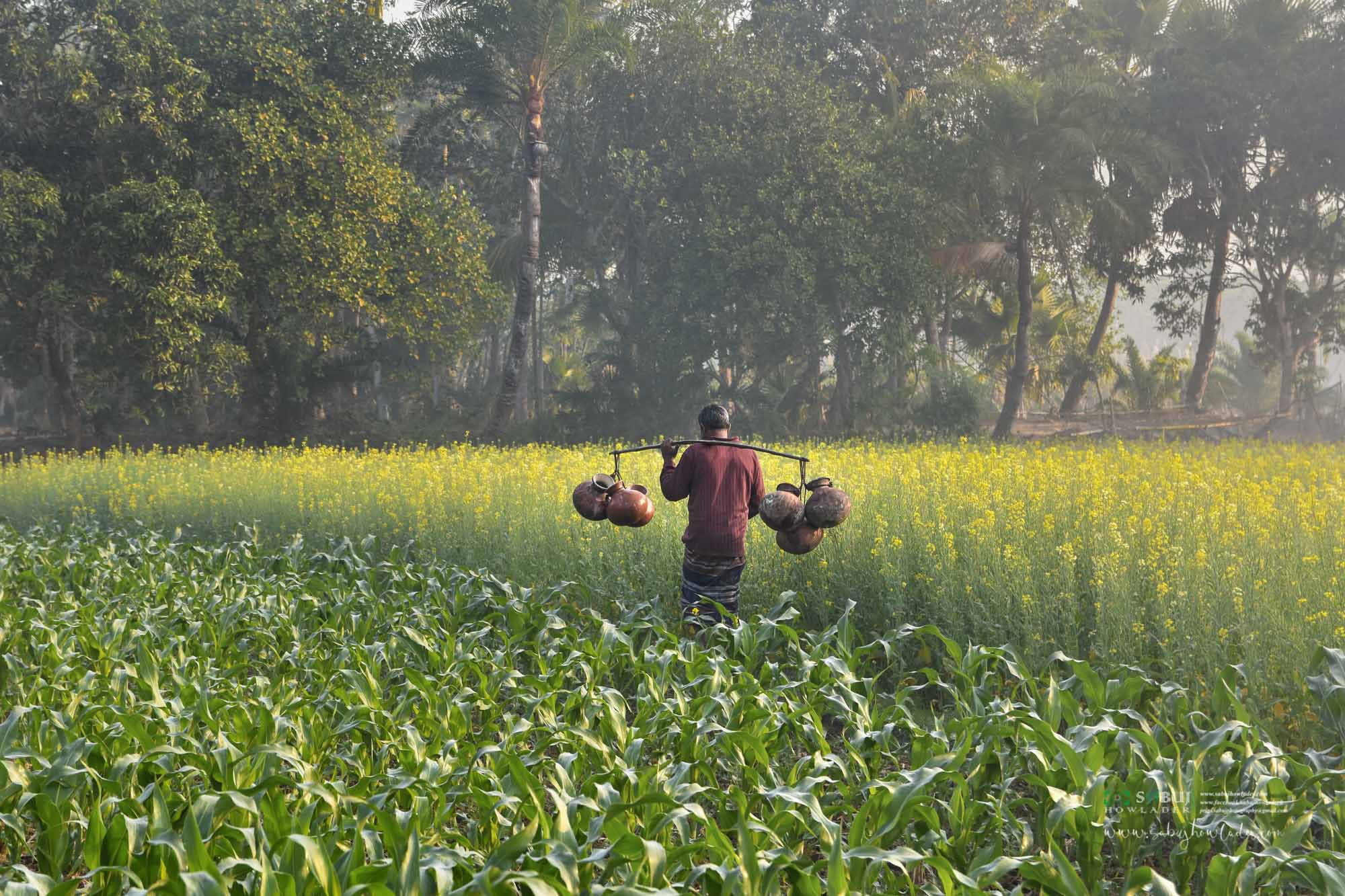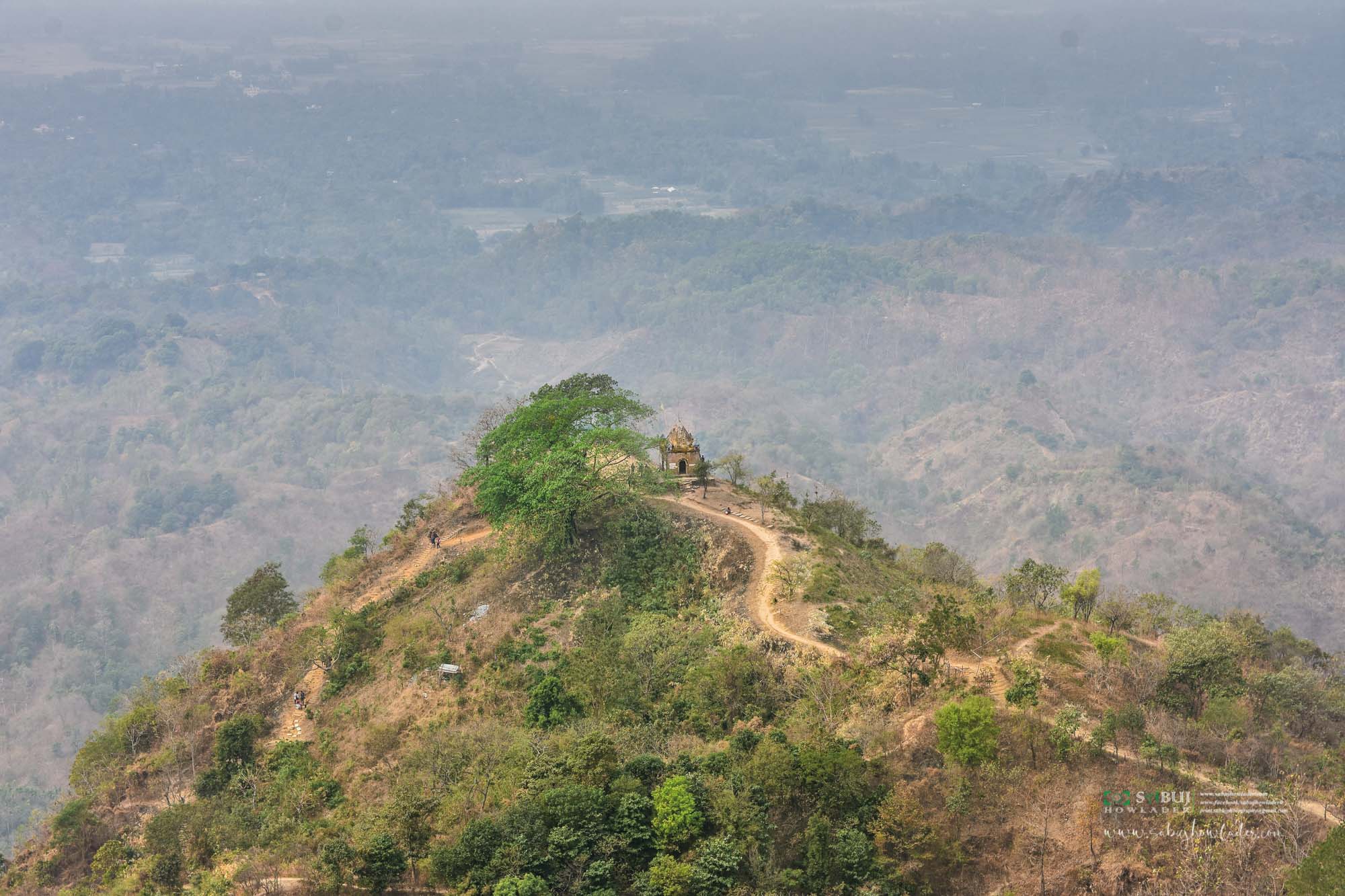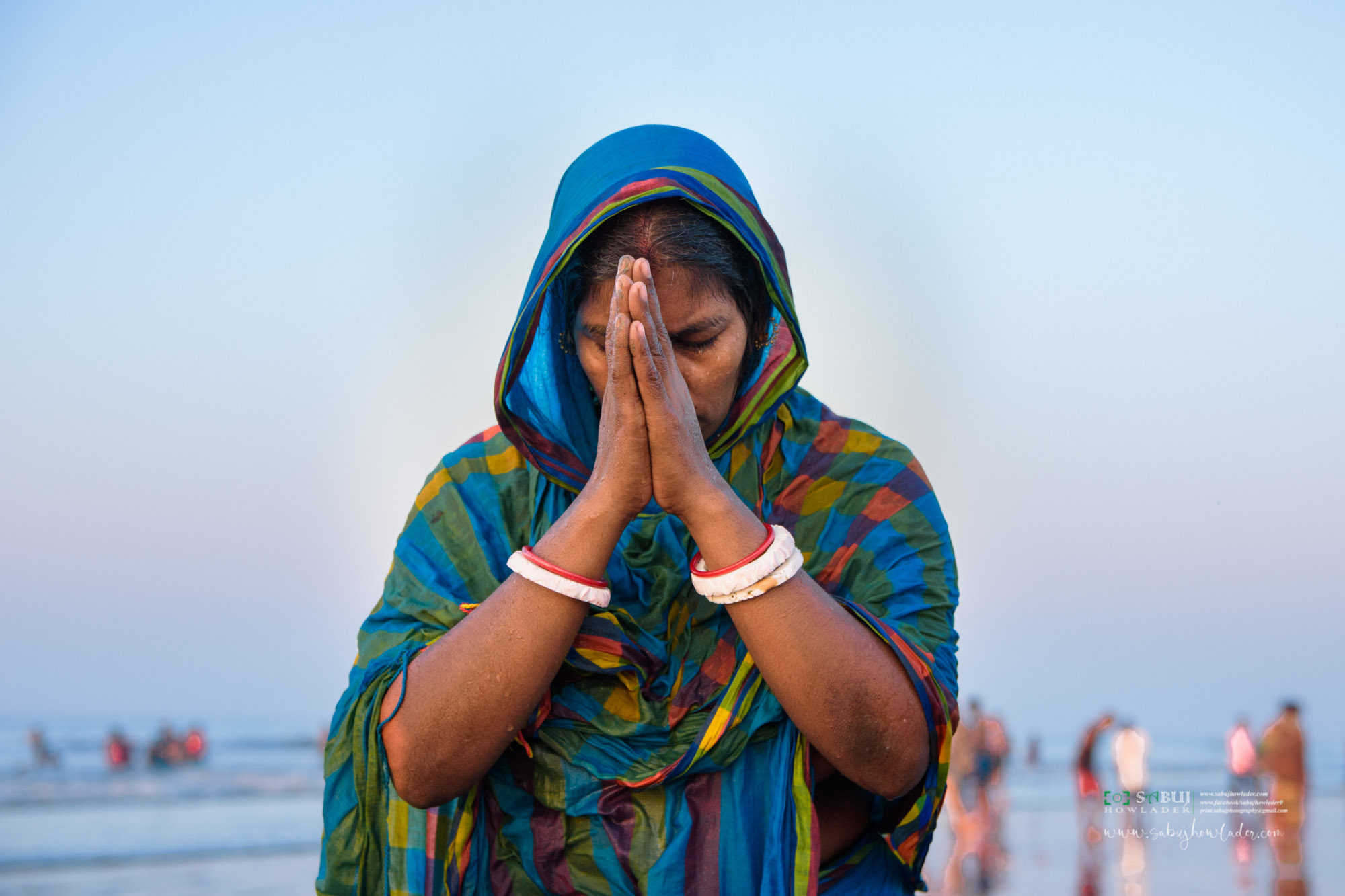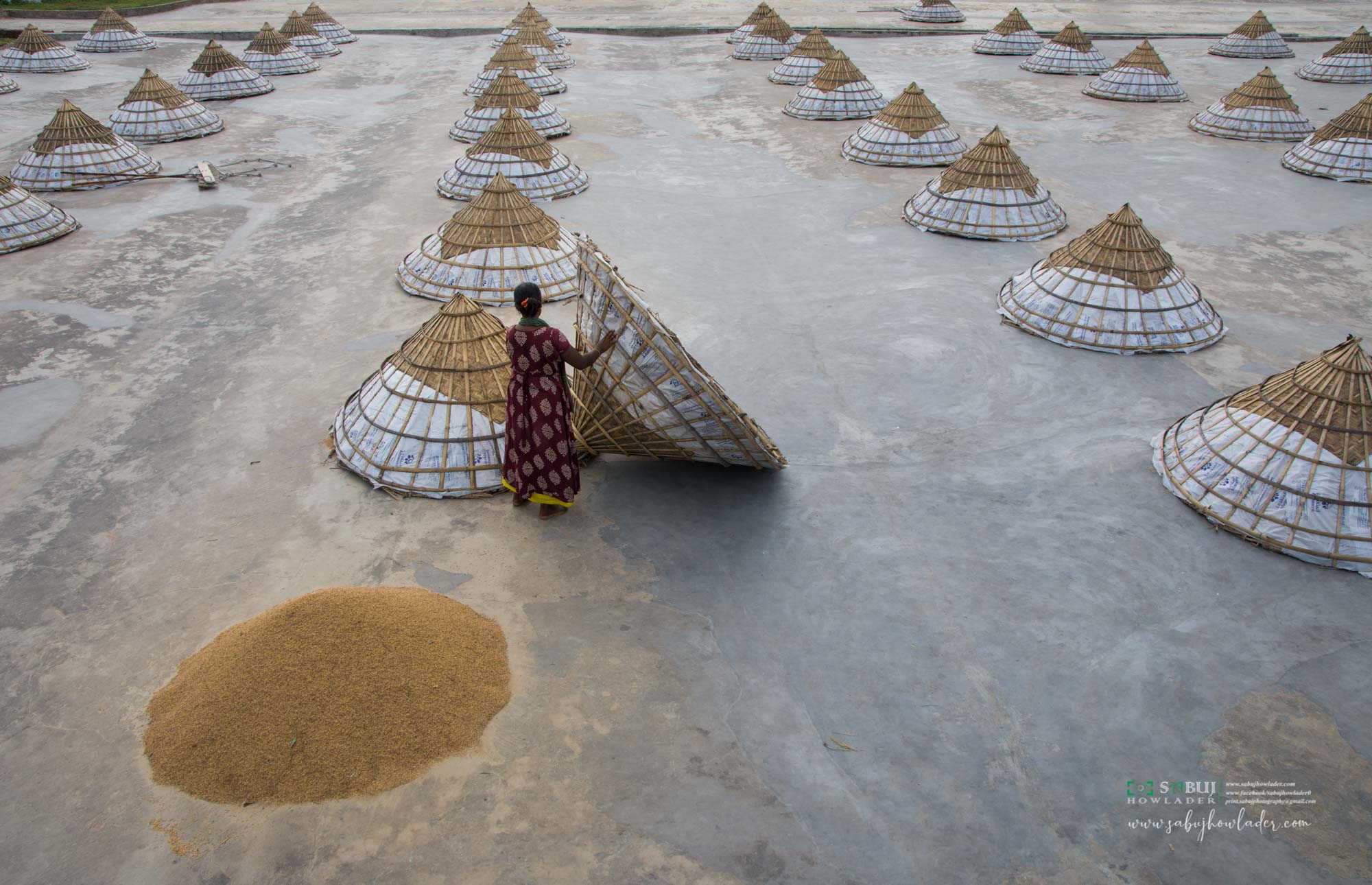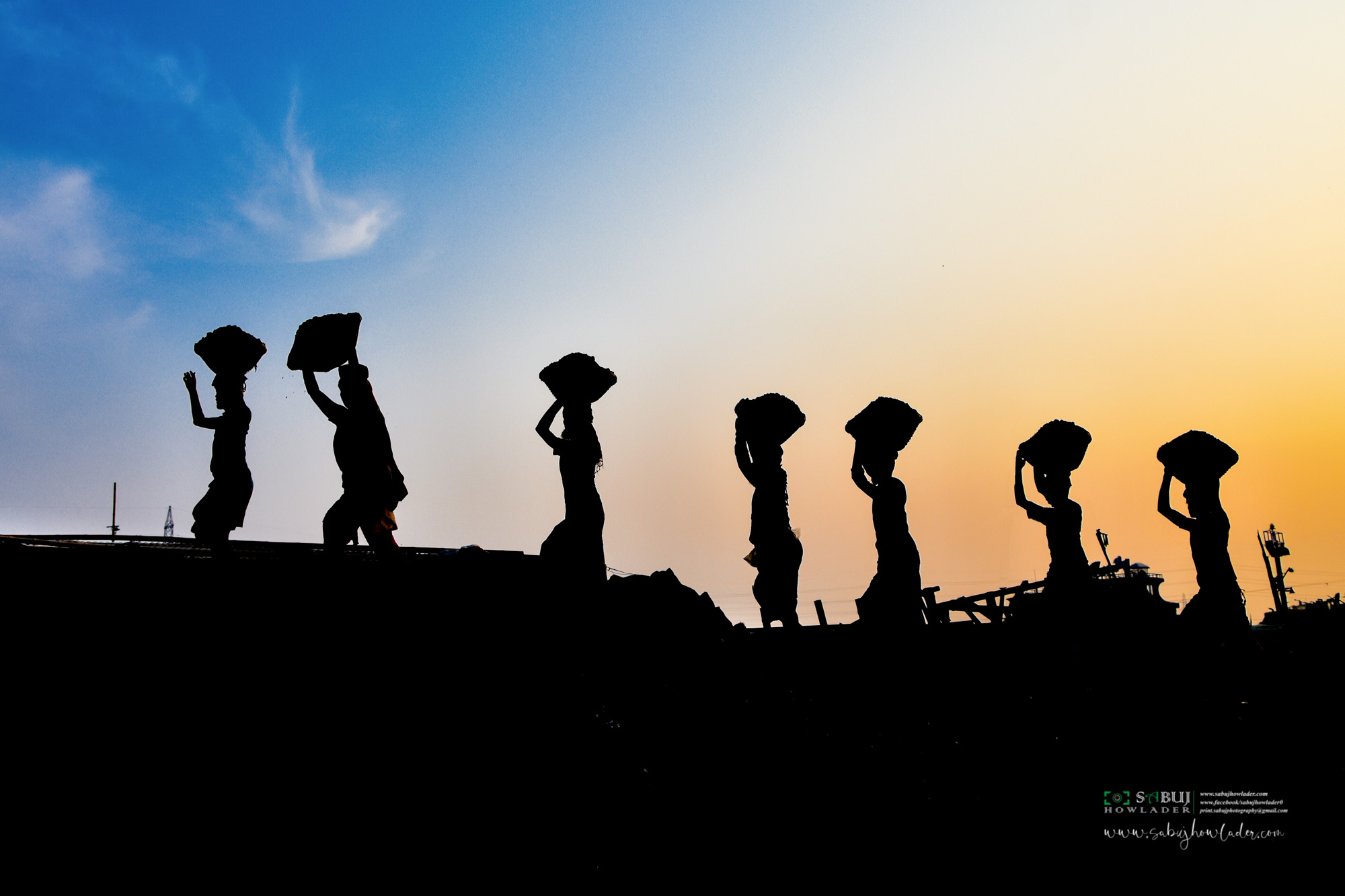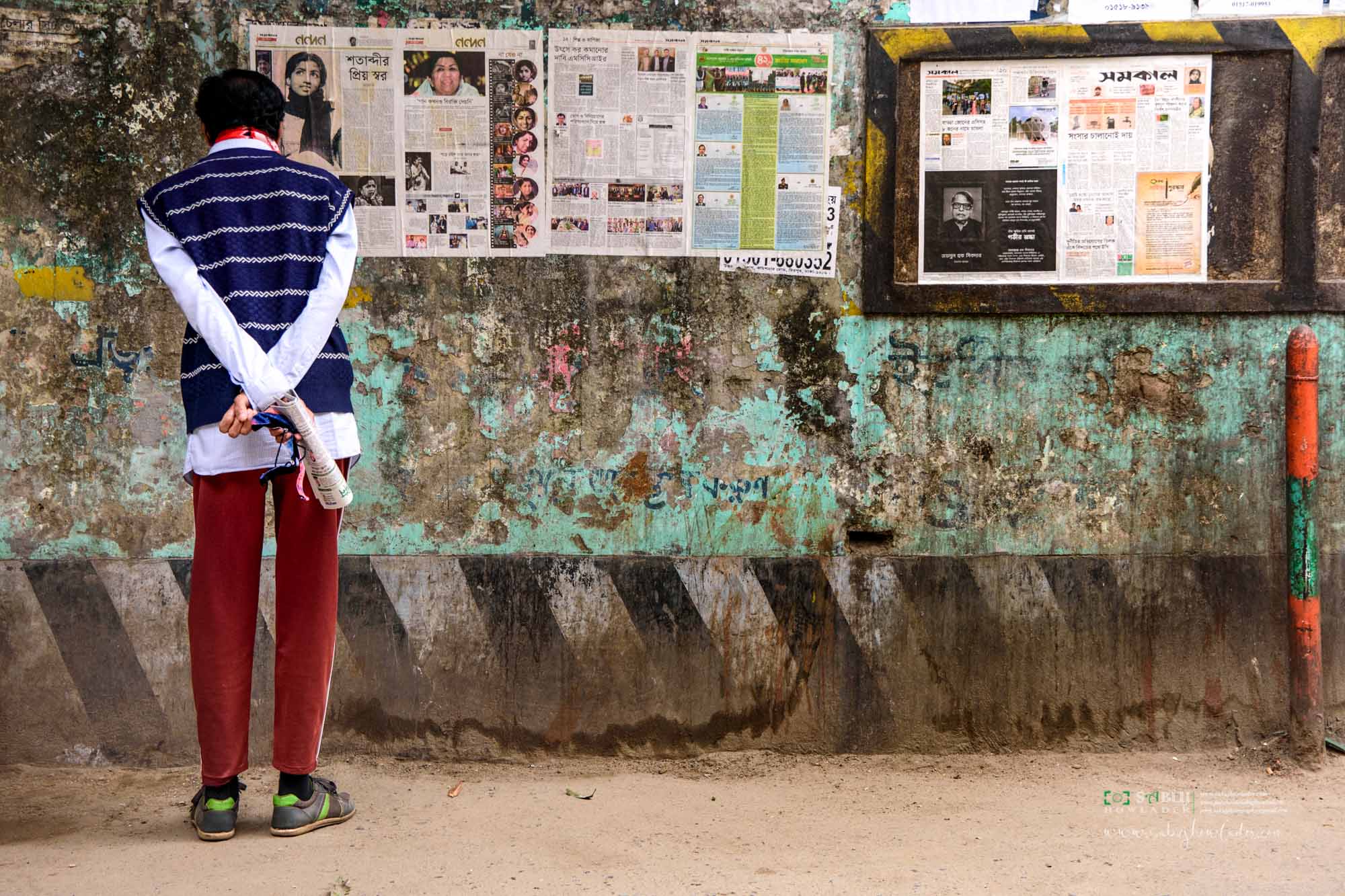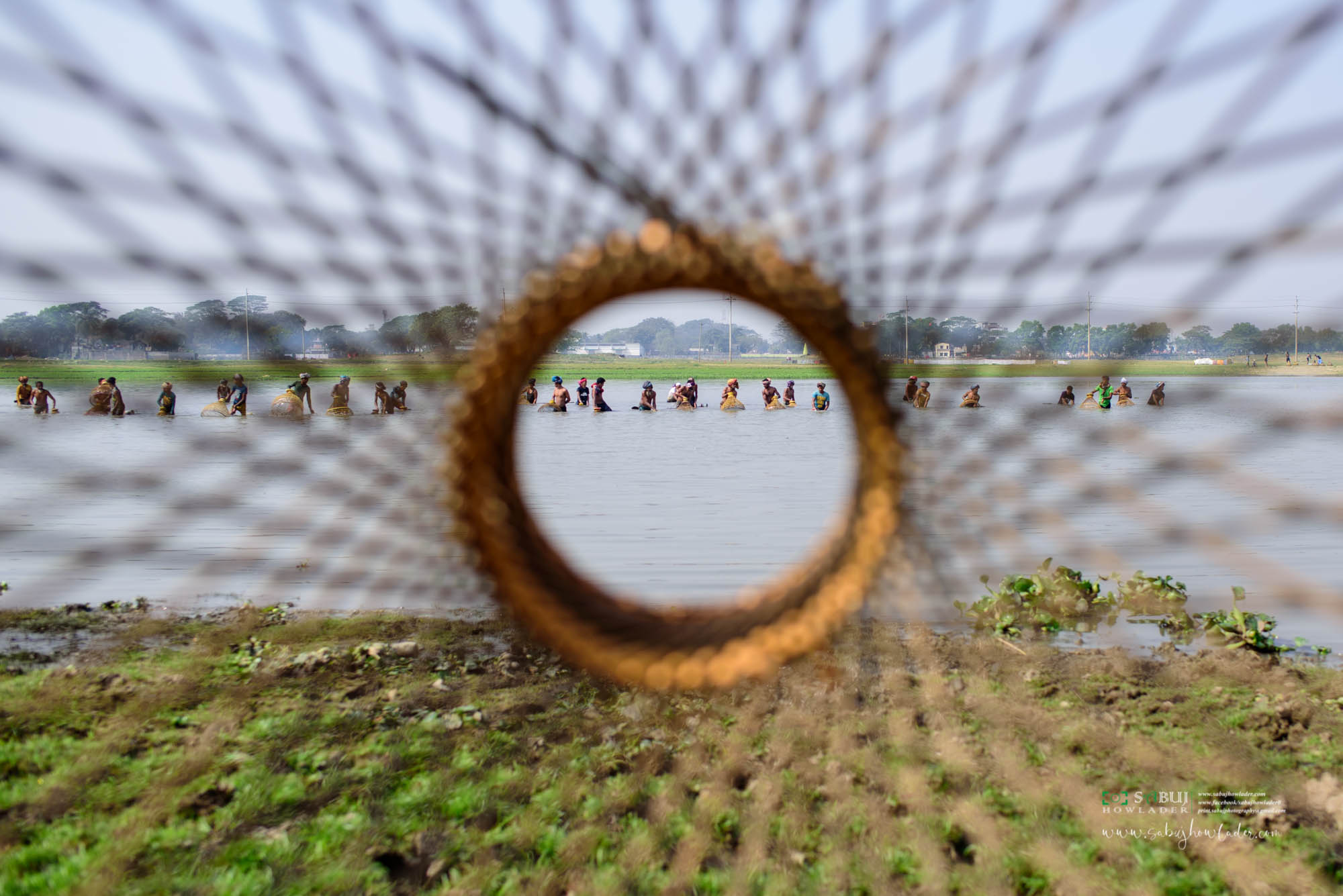In Bangladesh salt is produced from seawater by solar and lixiviation processes in the coastal areas.
The salt industry stands on the produced crude salt by the marginal salt farmers who use the solar evaporation method to produce crude salt in the summer season covering the months between November and May each year. Traditionally, salt was manufactured by vaporizing seawater with fire heat or sunlight.
Traditionally, salt was harvested from solar evaporation of saline water deposited on the salt beds. Salt evaporation clay beds are shallow in depth. A basin is designed to bring salty water from the sea and is deposited in a pond to make it clear. Then this water rinses on the clay salt bed and dries up the top of the bed through natural evaporation. As the water dries up, the salt crystals are harvested by raking.
The magnificent views and the majestic monasteries are stunning. The beauty of Bhutan is like the pictures on wallpapers. Bhutan is known for its natural beauty, forest conservation, gross national happiness, great culture, and heritage. The magnificent landscape is picture-perfect with majestic mountains sweeping down to green valleys carved by cascading rivers. This is the land with thousands of landscapes.
Bhutan, The Land of landscapes
Date tree growers in different places of Bangladesh becomes busy in winter for making jaggery. They are making jaggery from date juice. Jaggery makers start it from morning till night in all the activities like removing the juice from the tree, making firewood, making jaggery and molding these.
Thick and hard jaggery is made by heating the date juice. Although molasses and granular molasses are made from date juice, food lovers prefer jaggery to make pies on their backs in winter.
Behinds the Jaggery making
Hill tracks area is one of the beautiful places in Bangladesh. Nature has embellished this region with its magnificent and splendid Beauty. Beauty is scattered everywhere in Chittagong’s hilly region. Bandarban hill district is a hub for Natural Landscapes. Most of the natural beauty here is hidden from travelers due to the tough journey to reach there.
Beauty of Hill tracks, Bangladesh
Bangladesh is the festive ground. The people observe many colorful festivals throughout the whole year. The land of spread population and they perform individual cultural characteristics. One of these is Rash Mela. It has religious implications. It’s held by positions of Rash Lila or Purnima.
Rash Mela is observed by Hindus in different places. It is held on the night of the full moon in Kartik-Agrahayan. Three-day fairs are held on the occasion at Kuakata and Dublar Char. Thousands of devotees visit the places during the fair, which concludes with a holy bath in the sea at dawn.
Rash Mela: A cultural gathering
A chatal is a concrete floor where many kinds of crops are dried under sunshine.
Drying activities in a chatal start in the morning & finish in the afternoon.
There are huge size covers to protect dried crops at night and rain. Many female and minor workers are there to carry their livelihood.
Chatal: Paddy Drying Yard
The ever-expanding traditional brick industry is a labor-intensive, low-technology activity found in Bangladesh. While environmental pollutants associated with brickmaking have been characterized, the effects of these pollutants on the workers themselves have received relatively little attention. Brick production is a labor-demanding industry requiring muscular energy at most of its production stages. But workers get very little cash compared to their hard work.
Brick kilns are a source of black carbon and air pollution. The brick kilns emit toxic fumes containing suspended particulate matter rich in carbon particles and high concentrations of carbon monoxides and oxides of sulfur (SOx) that are harmful to the eye, lungs and throat. These air pollutants stunt the mental and physical growth of children.
Day in a Open Brick Field
It starts very early in the Morning with dipping a 5 taka bun (bread) into a shallow milked tea. Then a short walk to the Peat Coal stack with a Tupri (basket); the wheel of my life. The lighter ship with coal anchored at the terminal a quarter kilometer away from the Coal stack, the workstation. Carrying coal from ship to stack and building coal stack to a coal mountain along with my co-workers is my everyday’ s duty. Even after this hard work what I earn, nothing is left behind for my family if I had two mouthful meals with it, Said a worker.
Sweet becomes like black ink mixing with coal dust to earn a single token as a sign of his earnings after dispatching one basket of coal from ship to stack. All tokens are calculated by his stack Master to fix his earnings for the day. Earning $10 requires a minimum of 350 tokens means 350 baskets of coal from a quarter kilometer distance from the Ship to the coal stack. In the language of Chemistry `Diamond` & `Coal` are made from the same compound; CARBON. In the scale of beauty, these two Substances stand at the two ends of the scale, but in the court of economics, they are equally important. In our daily life, it can be possible to rid of the pain of Diamond’s paucity in life, but the contribution of fuel is not possible to deny for a single moment. The people who work with this BLACK DIAMOND (Coal) every day never enjoyed its glow in their life even as a faint ray. That is the irony of Life; A faded Life with Black Diamond!!
Coal Field; where color of life Faded
Once upon a time, reading the printed newspaper was very common in urban life. The newspaper was the only source of news and information. It was not possible to keep newspapers in everyone’s home. So considering the popularity, it was a common thing for newspapers to be pasted every morning at convenient places along the road and read by passers-by. In the age of digitalization, the wall newspaper, which was once our most popular culture, has become extinct these days.
Wall newspaper Reading: A Forgotten Urban Culture
Polo Bawa Utshob, a fishing festival, took place in the beel (marshy land) of Bangladesh. Elders of the village reminisced that the polo bawa utshab on the first day of the Bengali month of Magh (January) has been a tradition for 200 years. Hundreds of people including villagers, and fishermen take part in this festival spontaneously with “polo”, a bamboo-made fish-catching trap, in knee-deep water.

